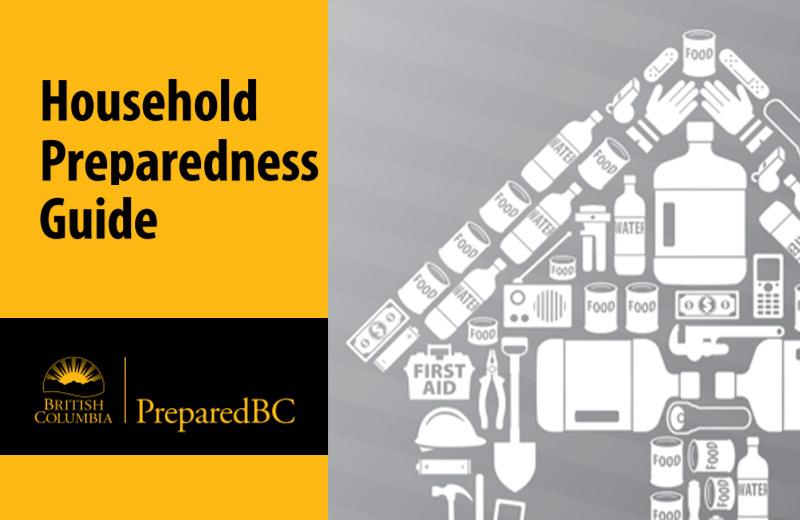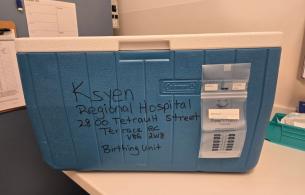Across the Northern Health region, many residents who have lived through BC’s wildfires have learned firsthand that advanced emergency planning can not only keep you safe when disasters strike, but also help to reduce anxiety.
Now, with this year’s COVID-19 pandemic, many more people have come to realize that it’s time to kickstart or enhance their emergency planning tools both at home and on the road.
One of the best emergency planning resources for BC residents is the Prepared BC website. It provides comprehensive, user-friendly information in three key areas:
- How to educate yourself about naturally-occurring or human-caused hazards that can occur in your region: earthquakes, tsunamis, severe weather, hazardous materials spills, etc.
- How to create your personal emergency plan: step-by-step instructions for how you and your household will respond to a disaster.
- How to build your personal emergency kit.
A survey conducted by PreparedBC and Ipsos Public Affairs revealed that most British Columbians are not prepared to handle emergencies. The survey asked more than 1,200 participants across the province if they knew which hazards they might face in their region and whether they had taken steps to prepare for emergencies.
Among some of the survey’s findings released in February 2018:
- Earthquakes are the top emergency concern for British Columbians, followed by extended power outages, severe weather (snow, wind, rain), and wildfires.
- Many British Columbians don’t have insurance for their most concerning emergency to cover them in event of damage from earthquakes, wildfires, etc.
- A slight majority of the survey respondents have an emergency response plan, but few have put the plans into writing.
- Very few British Columbians have a separate grab-and-go kit for emergency situations, and few people keep shoes, gloves, or a dust mask near their beds.
PreparedBC is planning to conduct another survey in 2021 to determine if British Columbians have improved their emergency readiness.
For more information about how to pre-plan for emergencies, visit these PreparedBC pages:
- Fill-in-the-blanks Home Emergency Plan – A valuable guide that leads you through the steps of compiling the information you'll need to respond to an emergency, including a list of your important contacts, pet information, how to turn off utilities, and where to find your important documents (insurance policies, etc.).
- Natural Disaster Health – A useful resource that offers advice on how to reduce stress and anxiety when natural disasters such as floods or wildfires occur.
- Master of Disaster Youth Education – This free classroom program teaches youth in grades four to eight about hazards in BC – wildfires, flooding, and earthquakes – and how to prepare for emergencies. The classroom kit provides printed resources for students and teachers, as well as a Grab-and-Go Bag poster game.














Comments